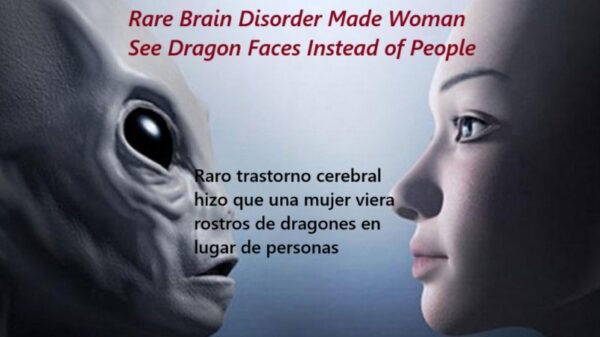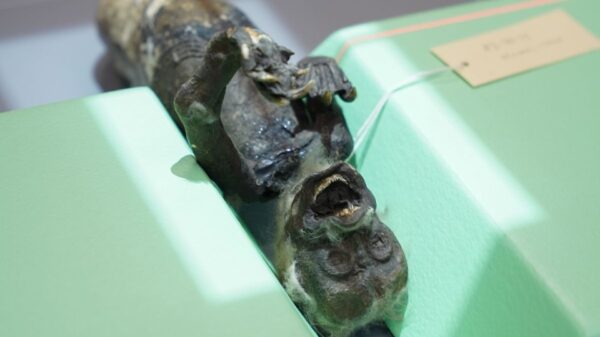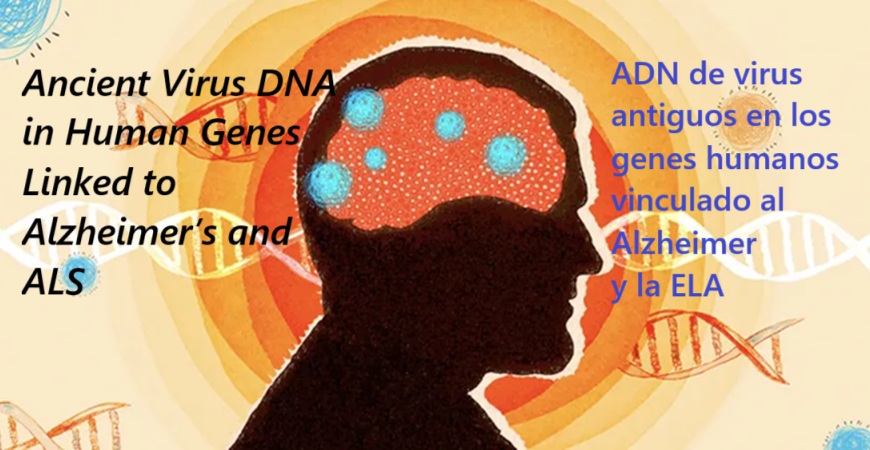Ancient Virus DNA in Our Genes May Be Linked to Brain Diseases
Scientists have discovered that almost half of our DNA comes from ancient viruses that infected our ancestors millions of years ago. Most of these genetic fragments, called retrotransposons or “jumping genes,” usually remain silent. But under certain conditions they can “wake up,” producing virus-like proteins that may harm brain cells and cause inflammation.

Researchers are finding increasing evidence that these reawakened genes might play a role in neurodegenerative diseases such as ALS (Lou Gehrig’s disease) and Alzheimer’s. In experiments on mice, fruit flies, and human tissue, the activation of these viral genes damaged nerve cells and accelerated disease-like symptoms.

One key factor seems to be the malfunction of proteins normally responsible for keeping retrotransposons in check, such as TDP-43 in ALS or tau protein in Alzheimer’s. When these proteins fail, the “closet door” keeping viral DNA locked away opens, and the ancient viral fragments start causing trouble.
Because retrotransposons behave much like viruses, researchers are now testing existing antiretroviral drugs (the kind used against HIV) as potential therapies. Early trials show that these medications can lower retrotransposon activity and reduce brain inflammation, with some patients experiencing slower progression of symptoms.

While not yet a mainstream explanation, this new line of research could transform our understanding of brain aging and inspire new treatments for diseases that affect millions of people worldwide.




























